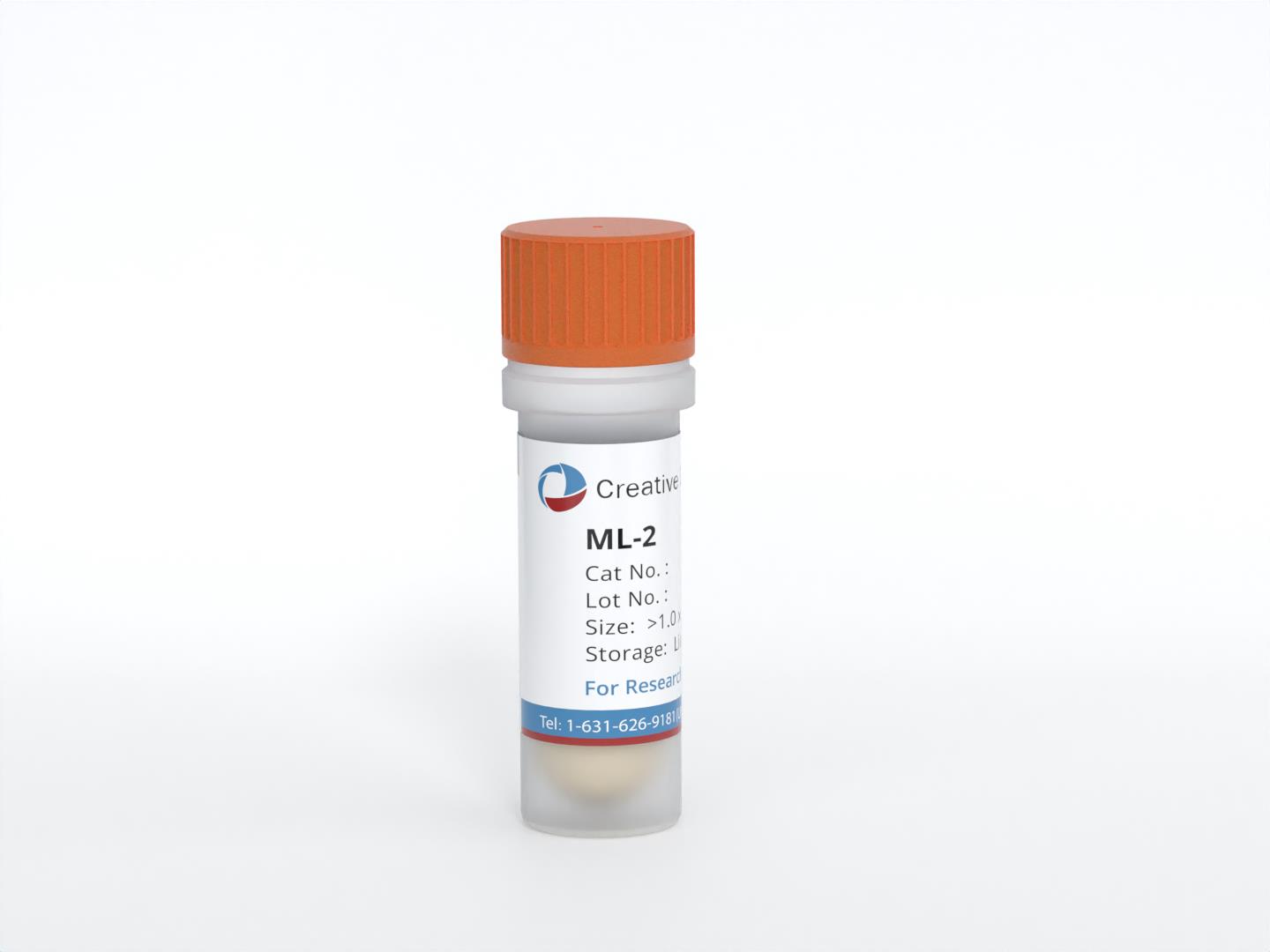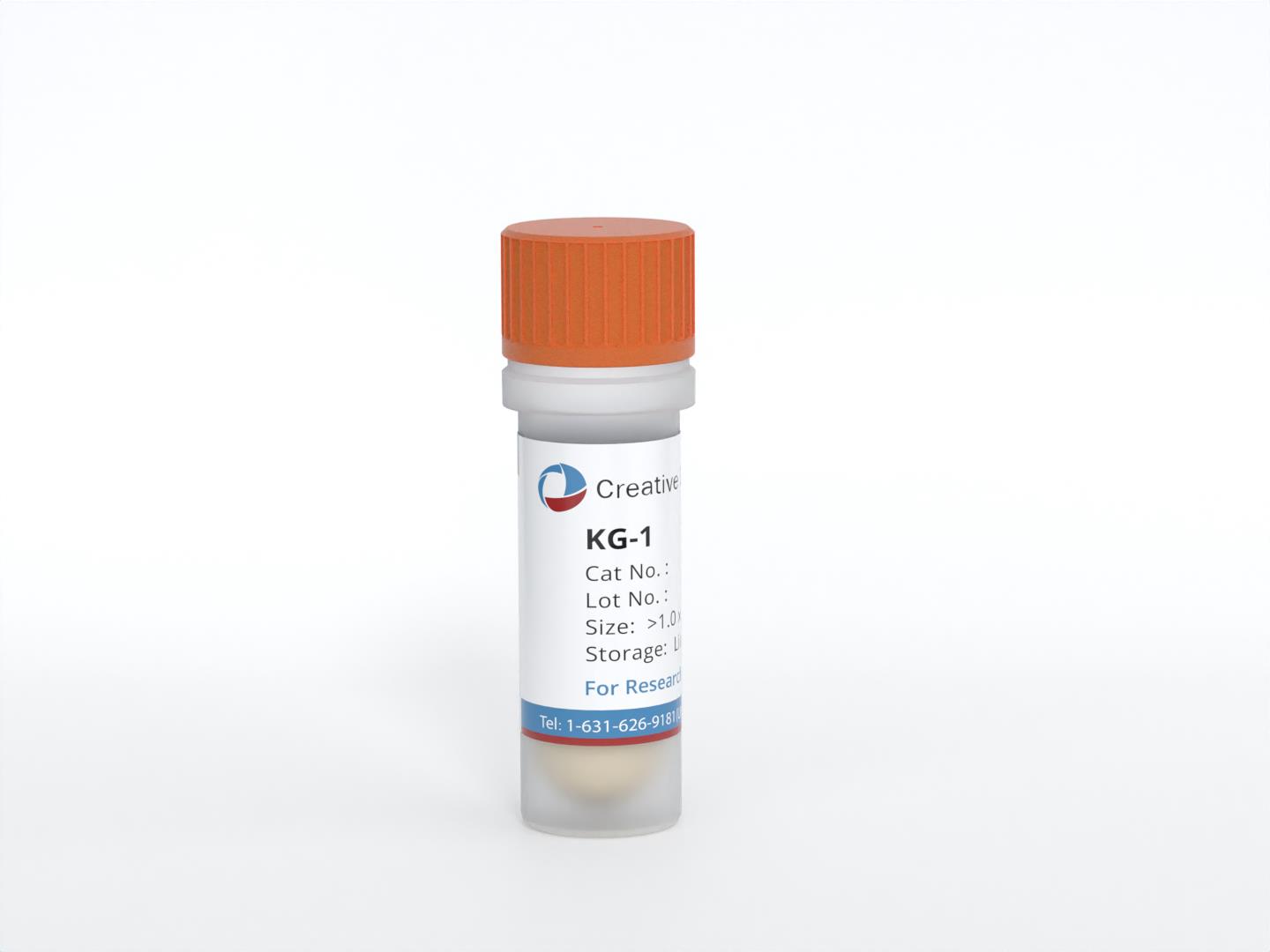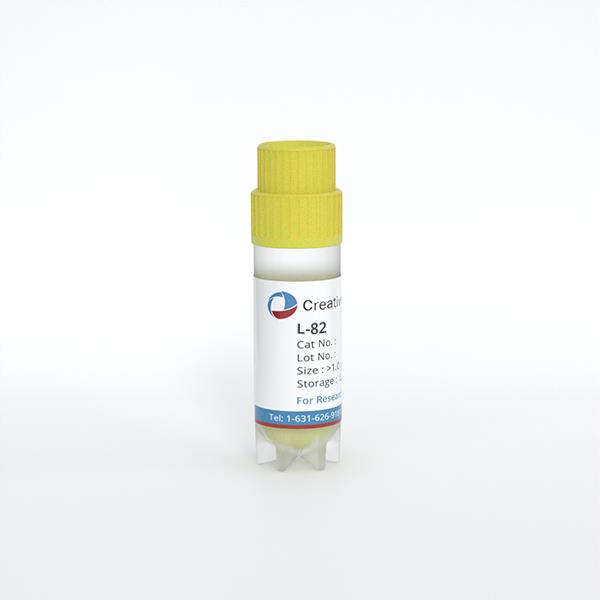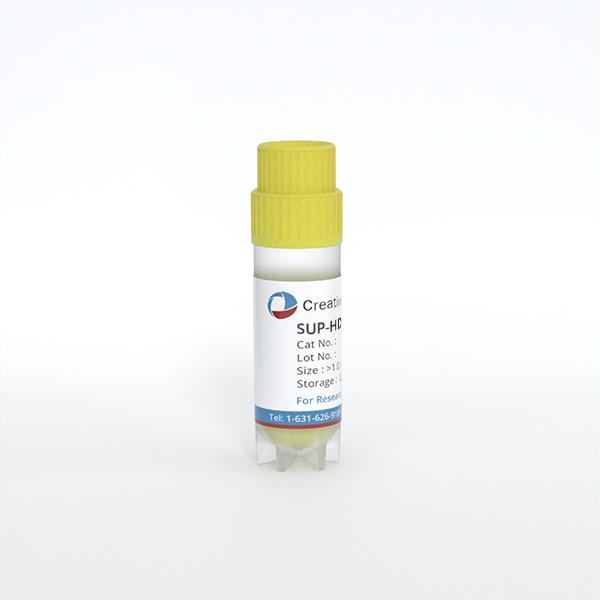
ML-2
Cat.No.: CSC-C0200
Species: Homo sapiens (Human)
Source: Blood; Peripheral Blood
Morphology: round, single cells in suspension
Culture Properties: suspension
- Specification
- Background
- Scientific Data
- Q & A
- Customer Review
- Documents
mmunology: CD3 -, CD4 -, CD14 -, CD15 +, CD19 -, CD33 +, CD34 -, cyCD68 +
Viruses: ELISA: rever
ML-2 cells are a well-known and extensively studied cell line that was established from the peripheral blood of a 26-year-old man in 1978. The blood sample was obtained at the time of diagnosis of acute myeloid leukemia (AML) of the M4 subtype. It is noteworthy that the patient had a medical history of T-cell non-Hodgkin lymphoma (T-NHL) and T-cell acute lymphoblastic leukemia (T-ALL) before the development of AML.
The establishment of the ML-2 cell line is significant because it carries a specific chromosomal translocation, t(6;11)(q27;q23), which results in the formation of the MLL-MLLT4 fusion gene, also known as the MLL-AF6 fusion gene. This fusion gene is a result of the rearrangement of the (MLL) gene on chromosome 11 and the myeloid/lymphoid or mixed-lineage leukemia translocated to the 4 (MLLT4) gene on chromosome 6.
ML-2 cells, along with their sister cell lines ML-1 and ML-3, have been instrumental in advancing our understanding of AML biology, particularly those associated with MLL gene rearrangements. Researchers have extensively utilized ML-2 cells to investigate the molecular mechanisms underlying leukemogenesis, disease progression, and response to various treatment modalities.
Lineage Infidelity of Human Myelogenous Leukemia Cell Lines
The organization and expression of the immunoglobulin heavy and light chain gene were analyzed in the human myeloblastic leukemic sublines, ML1, ML2, and ML3, and the human myeloid leukemic cell lines, HL-60, U937, THP1. One germline band of approximately 17 kb was detected in all the myeloid cell lines tested (Fig. 1). ML1, ML2, and ML3 cells showed an additional band of approximately 13.5 kb. Similarly, the joining (JH) segment of the µ-gene, detected after hybridization of HindIII-digested DNA from the cell lines with a P-labeled JH probe, resolved as a single 9-kb band in germline configuration in HL-60, U937, THP1, and K562 cells (Fig. 2A). However, the JH segment was rearranged in ML1, ML2, and ML3 cells, as evidenced by a 9-kb germline band and a second band of 8 kb. Rearrangement of the JH segment was also detected when the DNA samples were digested with EcoRI restriction endonuclease (Fig. 2B).
 Fig. 1 Cµ-related sequences in DNA of human myeloid leukemic cell lines. (Lacrima K, et al., 2005)
Fig. 1 Cµ-related sequences in DNA of human myeloid leukemic cell lines. (Lacrima K, et al., 2005)
 Fig. 2 Configuration of JH segment in human myeloid leukemic cell lines. (Lacrima K, et al., 2005)
Fig. 2 Configuration of JH segment in human myeloid leukemic cell lines. (Lacrima K, et al., 2005)
Ask a Question
Write your own review
- You May Also Need
- Adipose Tissue-Derived Stem Cells
- Human Neurons
- Mouse Probe
- Whole Chromosome Painting Probes
- Hepatic Cells
- Renal Cells
- In Vitro ADME Kits
- Tissue Microarray
- Tissue Blocks
- Tissue Sections
- FFPE Cell Pellet
- Probe
- Centromere Probes
- Telomere Probes
- Satellite Enumeration Probes
- Subtelomere Specific Probes
- Bacterial Probes
- ISH/FISH Probes
- Exosome Isolation Kit
- Human Adult Stem Cells
- Mouse Stem Cells
- iPSCs
- Mouse Embryonic Stem Cells
- iPSC Differentiation Kits
- Mesenchymal Stem Cells
- Immortalized Human Cells
- Immortalized Murine Cells
- Cell Immortalization Kit
- Adipose Cells
- Cardiac Cells
- Dermal Cells
- Epidermal Cells
- Peripheral Blood Mononuclear Cells
- Umbilical Cord Cells
- Monkey Primary Cells
- Mouse Primary Cells
- Breast Tumor Cells
- Colorectal Tumor Cells
- Esophageal Tumor Cells
- Lung Tumor Cells
- Leukemia/Lymphoma/Myeloma Cells
- Ovarian Tumor Cells
- Pancreatic Tumor Cells
- Mouse Tumor Cells





